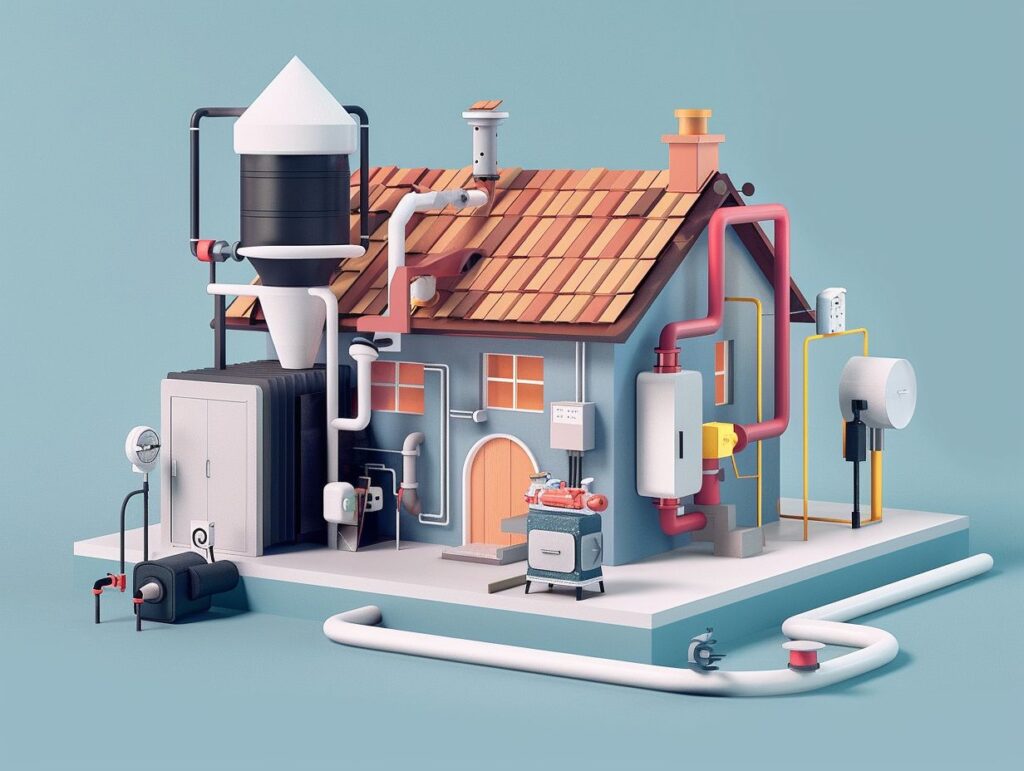Dual fuel heating systems have gained popularity for their ability to efficiently heat homes using both fossil fuels and renewable energy sources. When considering the integration of renewable energy sources with dual fuel systems, you can benefit from reduced dependence on fossil fuels and positive environmental impacts.
However, it is important to acknowledge the challenges and limitations of this integration, such as compatibility issues and cost considerations. By examining successful case studies and providing tips for a successful integration, you can gain valuable insights into the world of dual fuel heating systems and renewable energy integration.
Key Takeaways:
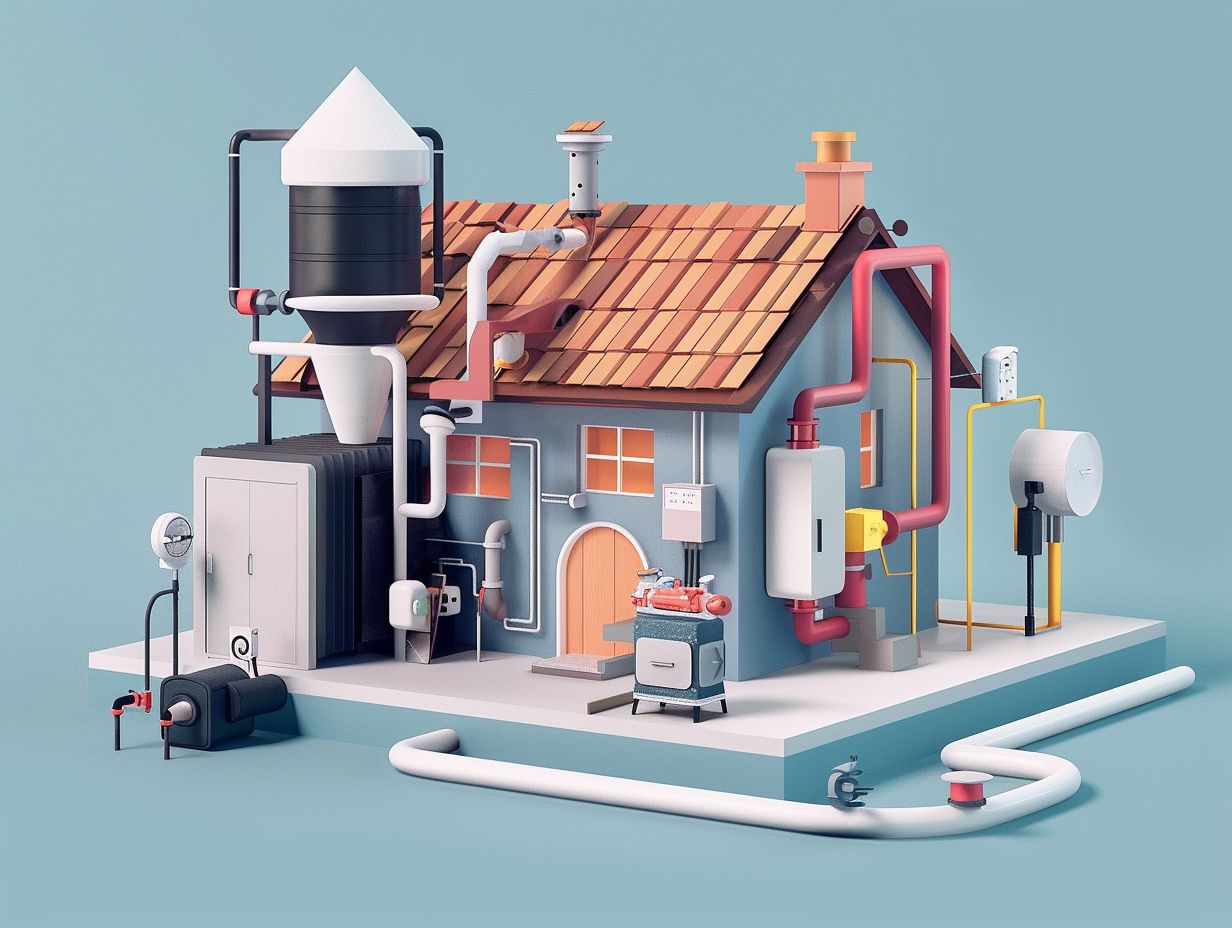
- Dual fuel heating systems allow for the use of both traditional fossil fuels and renewable energy sources, providing flexibility and potential cost savings for homeowners.
- Integrating renewable energy sources with dual fuel heating systems can reduce dependence on fossil fuels and have a positive impact on the environment.
- While there are challenges and limitations to integration, successful case studies and proper consideration of key factors can lead to successful implementation of dual fuel heating systems with renewable energy sources.
Benefits of Integrating Renewable Energy Sources
The advantages of integrating renewable energy sources into heating systems are extensive, ranging from reduced carbon footprint to increased energy efficiency. By incorporating renewable energy technologies such as solar thermal or solar PV, heating solutions can become more sustainable and environmentally friendly.
These energy-efficient approaches not only result in long-term cost savings but also reduce dependence on fossil fuels. The incorporation of renewable energy sources aids in diversifying the energy mix, rendering the system more resilient and less susceptible to price fluctuations.
Decreased emissions of greenhouse gases, like carbon dioxide, play a pivotal role in addressing climate change on a global scale. The inclusion of renewable energy sources bolsters energy security by fostering self-sufficiency and diminishing the overall environmental impact of heating systems.
Reduced Dependence on Fossil Fuels
One of the significant benefits of integrating renewable energy sources is your reduced dependence on fossil fuels such as gas, oil, or electricity for heating purposes. By shifting towards renewable heating technologies, your reliance on finite energy sources decreases.
Renewable heating technologies like solar thermal systems, heat pumps, and biomass boilers offer sustainable solutions by harnessing natural resources like sunlight, air, and organic matter.
These alternatives not only lower greenhouse gas emissions but also promote energy efficiency, resulting in cost savings for homeowners and businesses. Transitioning to renewable energy not only reduces your carbon footprint but also contributes to a cleaner environment and a more sustainable future.
Environmental Impact
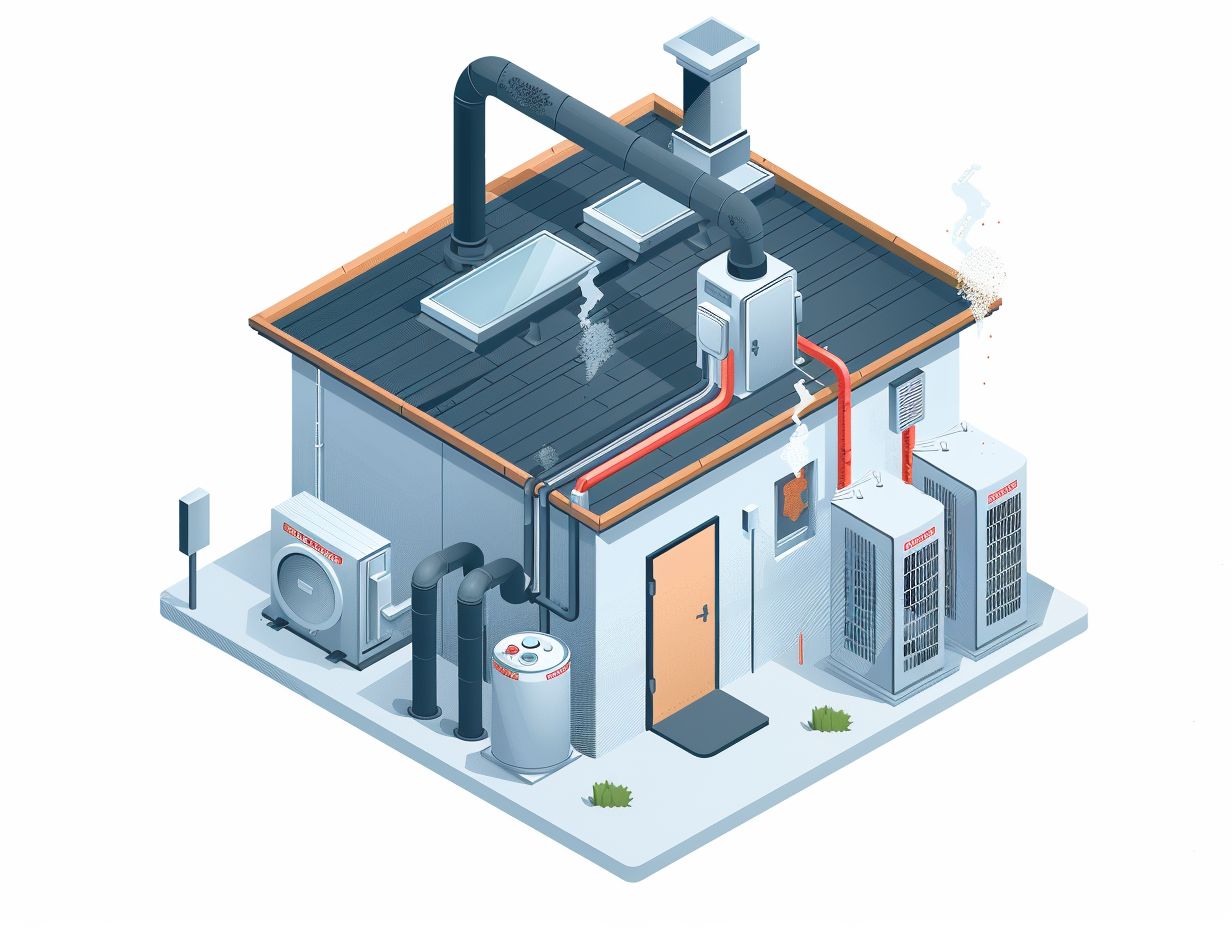
Integrating renewable energy sources can have a positive environmental impact on your heating infrastructures. These sources play a crucial role in developing innovative solutions that harness solar, wind, and geothermal energy to meet your heating needs.
By utilising these renewable sources, you can significantly reduce your reliance on non-renewable resources, leading to a more sustainable and eco-friendly approach to your heating systems.
Renewable energy specialists excel at customising solutions according to your specific requirements, maximising efficiency while minimising environmental impact. Their expertise contributes to creating a greener future by promoting clean energy technologies.
Challenges and Limitations of Integration
Despite the numerous benefits, you may encounter challenges and limitations when integrating renewable energy sources into heating systems. These obstacles can range from compatibility issues between different technologies to the initial cost considerations associated with implementing renewable heating solutions.
One common challenge in the integration of renewable energy sources is the variability in weather patterns, which can impact the consistency of energy generation. This inconsistency presents difficulties in maintaining a stable supply of renewable energy.
Furthermore, you may face obstacles related to the requirement for specialised infrastructure to support renewable heating solutions, leading to additional upfront costs.
Overcoming these challenges is possible through the utilisation of advanced energy storage technologies such as batteries and smart grid solutions, which can improve the efficiency and reliability of renewable heating systems.
Compatibility Issues
When integrating renewable energy sources into existing heating systems or infrastructure, you may encounter compatibility issues. Achieving seamless integration and efficient operation requires a thorough understanding of energy systems and heating infrastructure.
The process of upgrading heating systems to accommodate renewable energy sources can be complex due to technological considerations and the varying energy generation patterns involved. Challenges may arise from the intermittent nature of solar and wind power, making it difficult to align supply with demand effectively.
To address these challenges, implementing energy storage solutions such as batteries or thermal storage can be beneficial in creating a more balanced and reliable energy flow.
Additionally, optimising control systems through the use of smart sensors and automation is essential in enhancing system flexibility and responsiveness, ultimately maximising the advantages of integrating renewable energy sources.
Cost Considerations
When considering the integration of renewable energy systems for residential and commercial heating, cost factors play a crucial role. It is essential to evaluate aspects such as energy prices, system installation costs, and long-term savings as part of the transition to sustainable heating solutions.
By incorporating renewable energy systems, you can effectively reduce operational costs over time. Utilising technologies like solar panels, heat pumps, or biomass boilers offers businesses and homeowners the opportunity to benefit from various incentive programmes and tax credits that help offset initial investment expenses.
To determine the most appropriate renewable heating technology, it is imperative to conduct a comprehensive assessment of energy consumption patterns and heating requirements. Exploring financing options and seeking expert advice can further optimise the cost-effectiveness of embracing renewable energy solutions.
Successful Case Studies of Integration
Exploring successful case studies of integrating renewable heating systems, such as air source heat pumps, can showcase the effectiveness of government schemes promoting renewable energy adoption. These real-world examples can demonstrate the practicality and benefits of renewable heat solutions.
For example, in the UK, the Renewable Heat Incentive (RHI) has played a significant role in encouraging the installation of air source heat pumps in residential and commercial settings. Through financial incentives and support, the government has motivated property owners to transition to sustainable heating options like air source heat pumps.
This initiative has not only resulted in reduced carbon emissions but has also brought about cost savings for consumers, creating a mutually beneficial situation for both the environment and the economy.
Real-world Examples
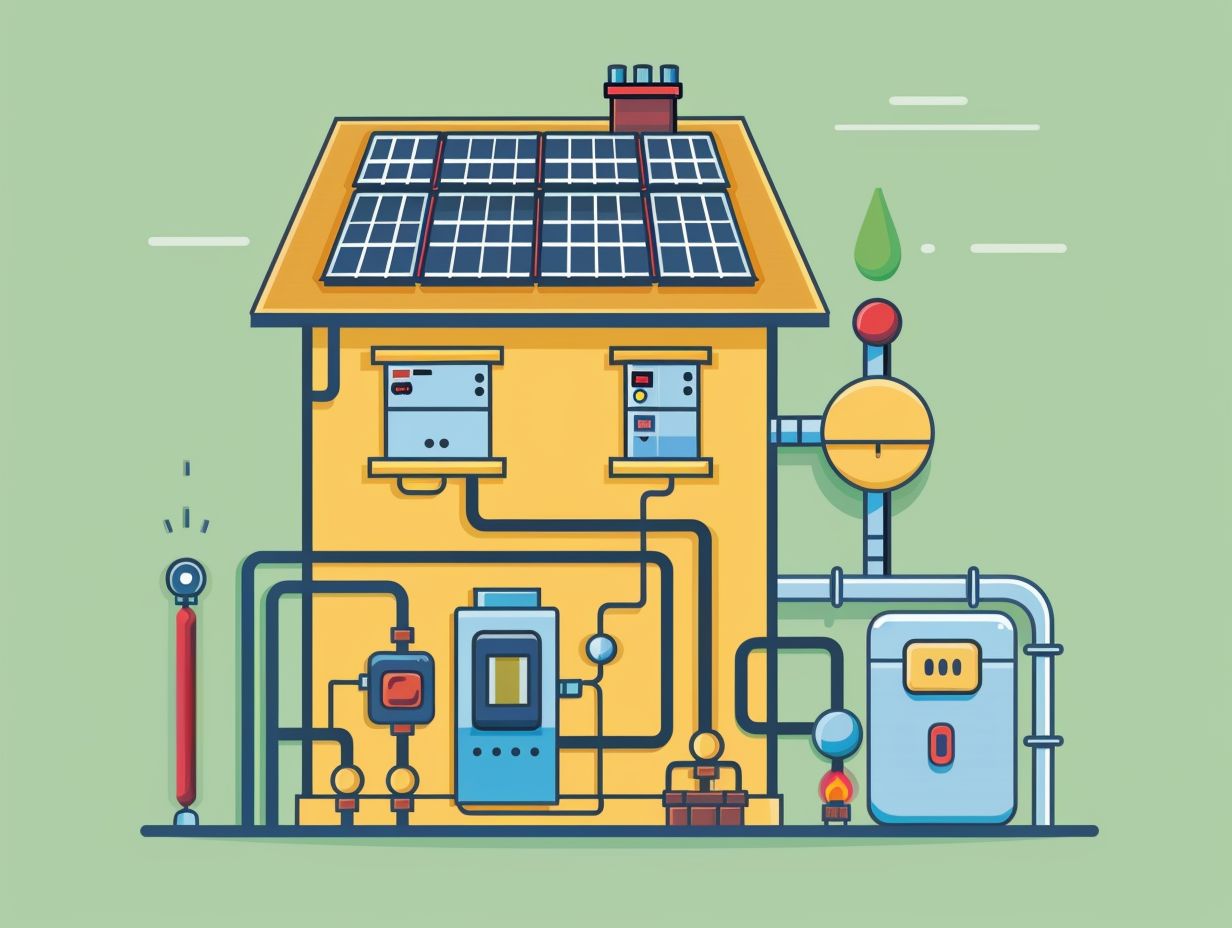
Real-world examples of renewable heating solutions, particularly those incorporating air source heat pumps, can illustrate the effectiveness and energy efficiency of integrating renewable technologies into existing heating systems. These case studies can serve as exemplars for sustainable living and energy-efficient practices.
For instance, in a residential context, a family residing in a cold climate region effectively reduced their energy costs by implementing an air source heat pump.
By capturing the ambient heat from the air and converting it into usable warmth for their household, they not only cut down on their monthly expenditures but also significantly lessened their carbon footprint.
This serves as a demonstration of how the adoption of renewable heating technologies can yield concrete benefits in terms of financial savings and environmental conservation.
These successful accounts underscore the significance of embracing energy-efficient methods in practical, real-world scenarios.
Tips for Successful Integration
To successfully implement renewable heating solutions, you need to take a hybrid approach that considers various factors like energy prices, advancements in heating technology, and system compatibility. By adhering to the key factors necessary for successful integration, households and businesses can attain optimal energy efficiency and cost savings.
A practical strategy for integrating renewable heating is to begin with a comprehensive energy audit to pinpoint areas where heat loss is occurring and evaluate the efficiency of the current heating system. This data will help you determine which renewable heating technologies, such as solar thermal panels or air source heat pumps, would be most suitable.
The use of programmable thermostats and zoning systems can further improve energy efficiency by enabling precise temperature control in different zones of a building. By combining these technologies with traditional heating systems, a well-rounded hybrid approach can be achieved, maximising energy savings while ensuring dependable heating performance.
Key Factors to Consider
When planning the integration of renewable heating systems, key factors such as understanding energy sources, ensuring system compatibility, and selecting appropriate heating solutions are essential for you. By evaluating these critical aspects, you can make informed decisions for sustainable and efficient heating solutions.
Considering the geographic location and available energy resources is crucial for determining the most suitable renewable heating system. Factors like solar access, wind patterns, biomass availability, and geothermal potential play a significant role in the feasibility and effectiveness of the system.
Understanding the operational dynamics of different renewable heating technologies, such as heat pumps, solar thermal collectors, biomass boilers, and geothermal heat pumps, is also essential for maximising energy efficiency and cost-effectiveness.
By leveraging the strengths of each energy source and technology, you can create a customised heating solution that meets both environmental and performance objectives.
Frequently Asked Questions
Can Dual Fuel Heating Systems Be Integrated with Renewable Energy Sources?
Yes, dual fuel heating systems can be integrated with renewable energy sources. In fact, this is becoming an increasingly popular option as people look for ways to reduce their carbon footprint and lower their energy costs.
What are the benefits of integrating renewable energy sources with dual fuel heating systems?
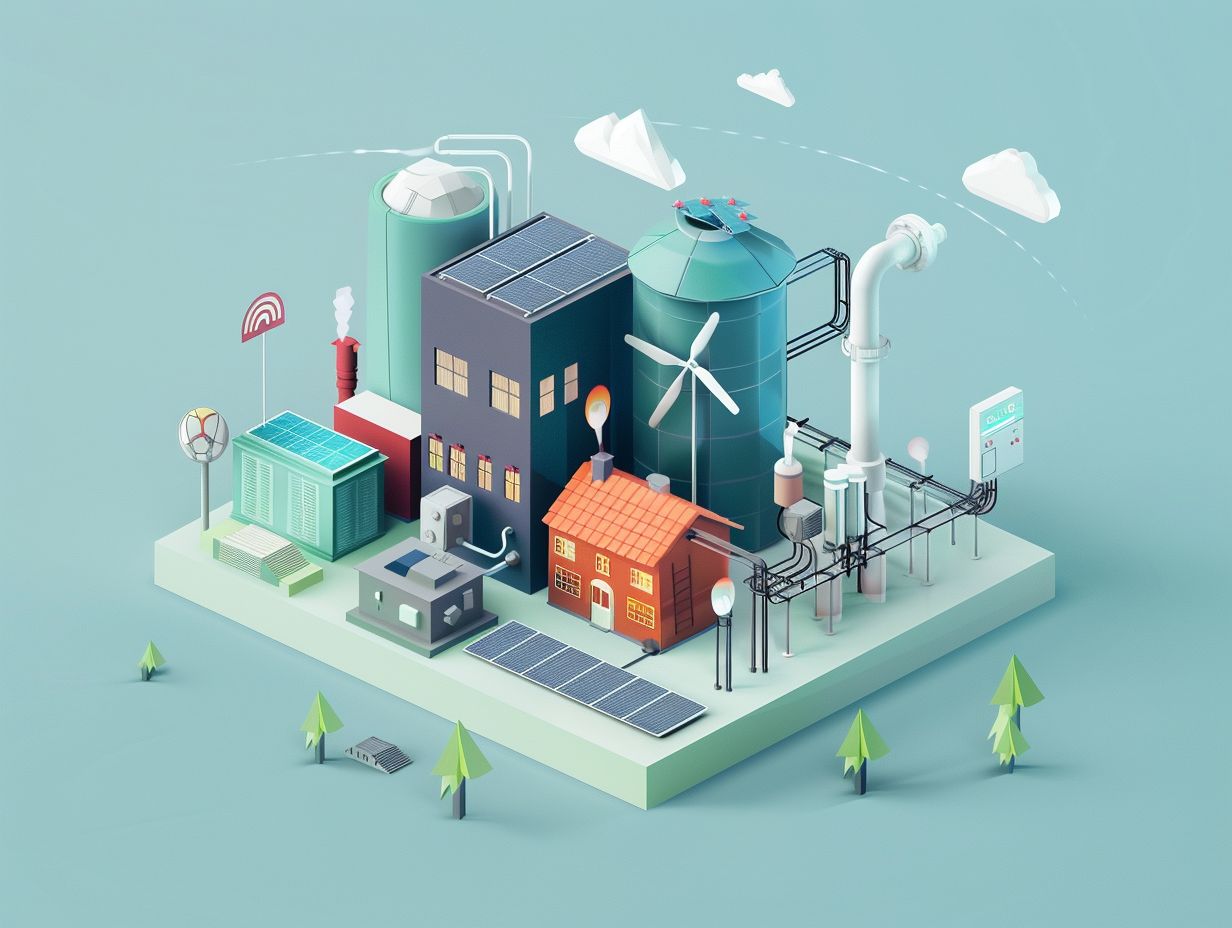
Integrating renewable energy sources with dual fuel heating systems can provide various benefits, including reduced energy costs, decreased reliance on fossil fuels, and a more environmentally friendly heating solution.
What types of renewable energy sources can be integrated with dual fuel heating systems?
There are several types of renewable energy sources that can be integrated with dual fuel heating systems, such as solar panels, geothermal heat pumps, and biomass boilers. Each of these sources has its own benefits and may be more suitable for different climates and locations.
Is it expensive to integrate renewable energy sources with a dual fuel heating system?
The cost of integrating renewable energy sources with a dual fuel heating system will depend on various factors, such as the type of system, the size and location of your home, and the type of renewable energy source being used. However, there are often government incentives and tax credits available for making this type of upgrade, which can help offset the costs.
Do I need to make any modifications to my existing dual fuel heating system to integrate renewable energy sources?
In most cases, some modifications will need to be made to your existing dual fuel heating system in order to integrate renewable energy sources. This may include installing additional equipment or making changes to the ductwork or piping. It is important to consult with a professional to determine the specific modifications needed for your system.
Are there any maintenance requirements for the renewable energy sources used in a dual fuel heating system?
Yes, just like any other heating system, renewable energy sources used in a dual fuel heating system will require regular maintenance to ensure they are functioning properly. It is important to follow the manufacturer’s recommendations and schedule annual maintenance checks with a qualified technician.

